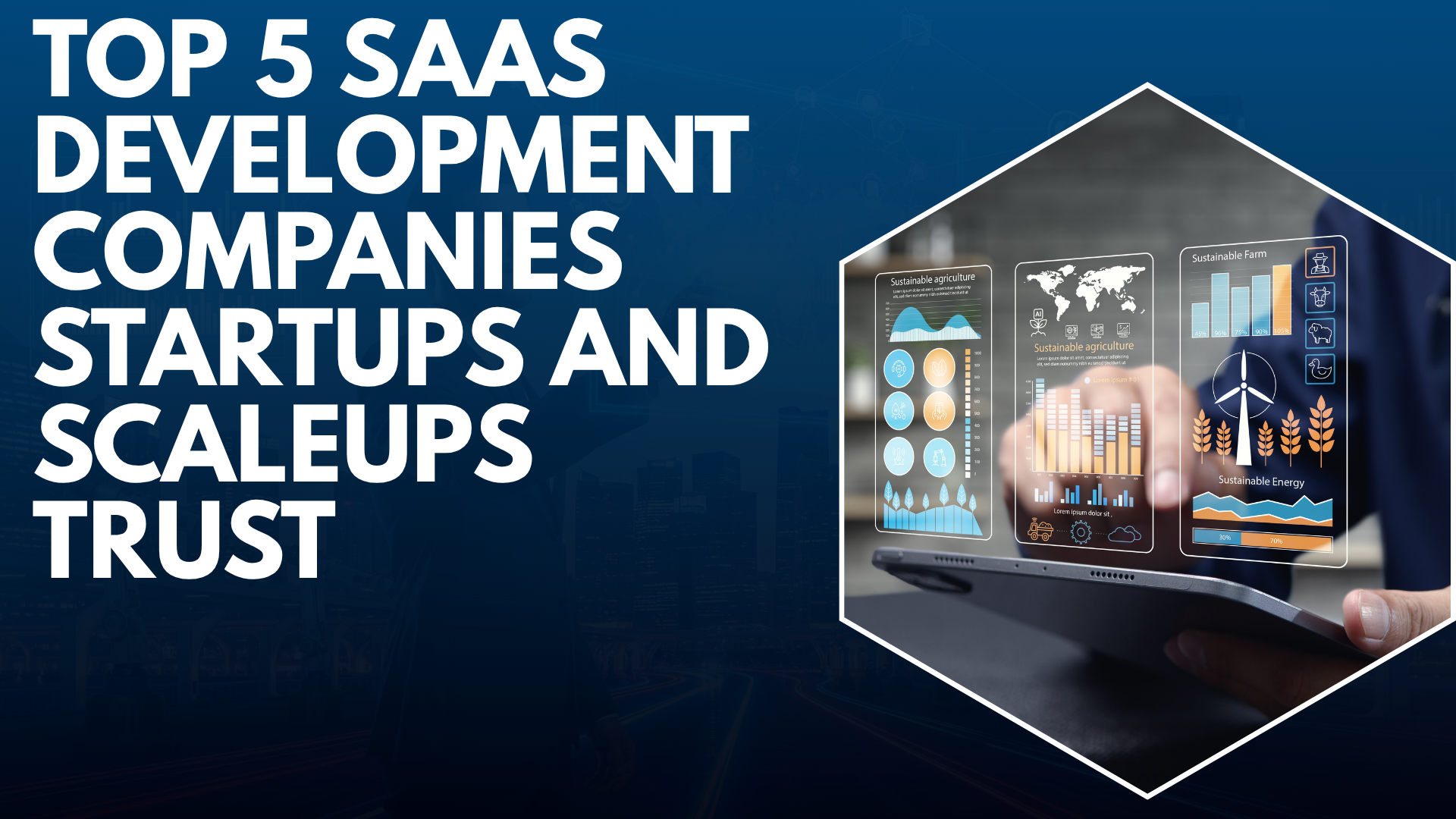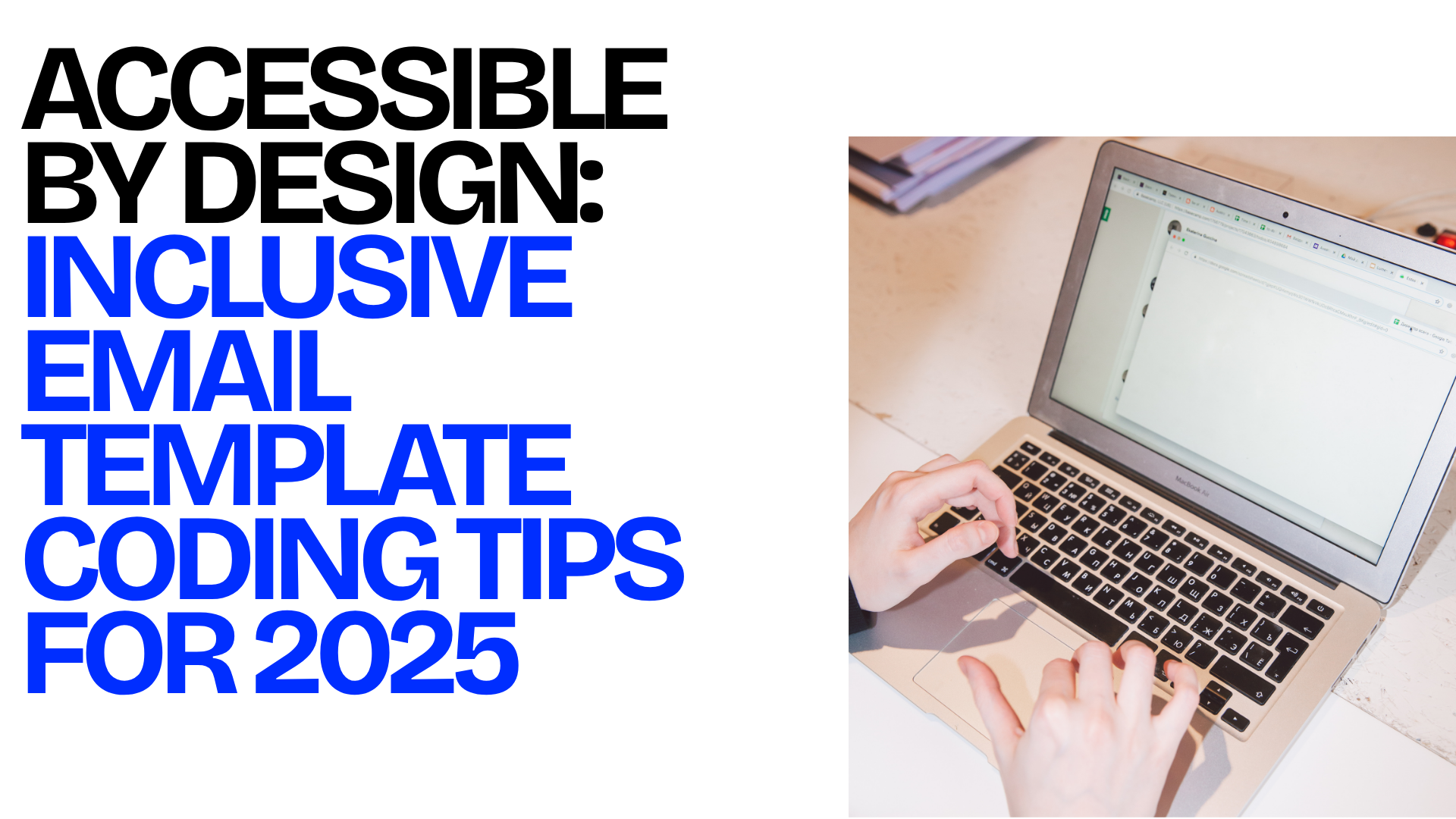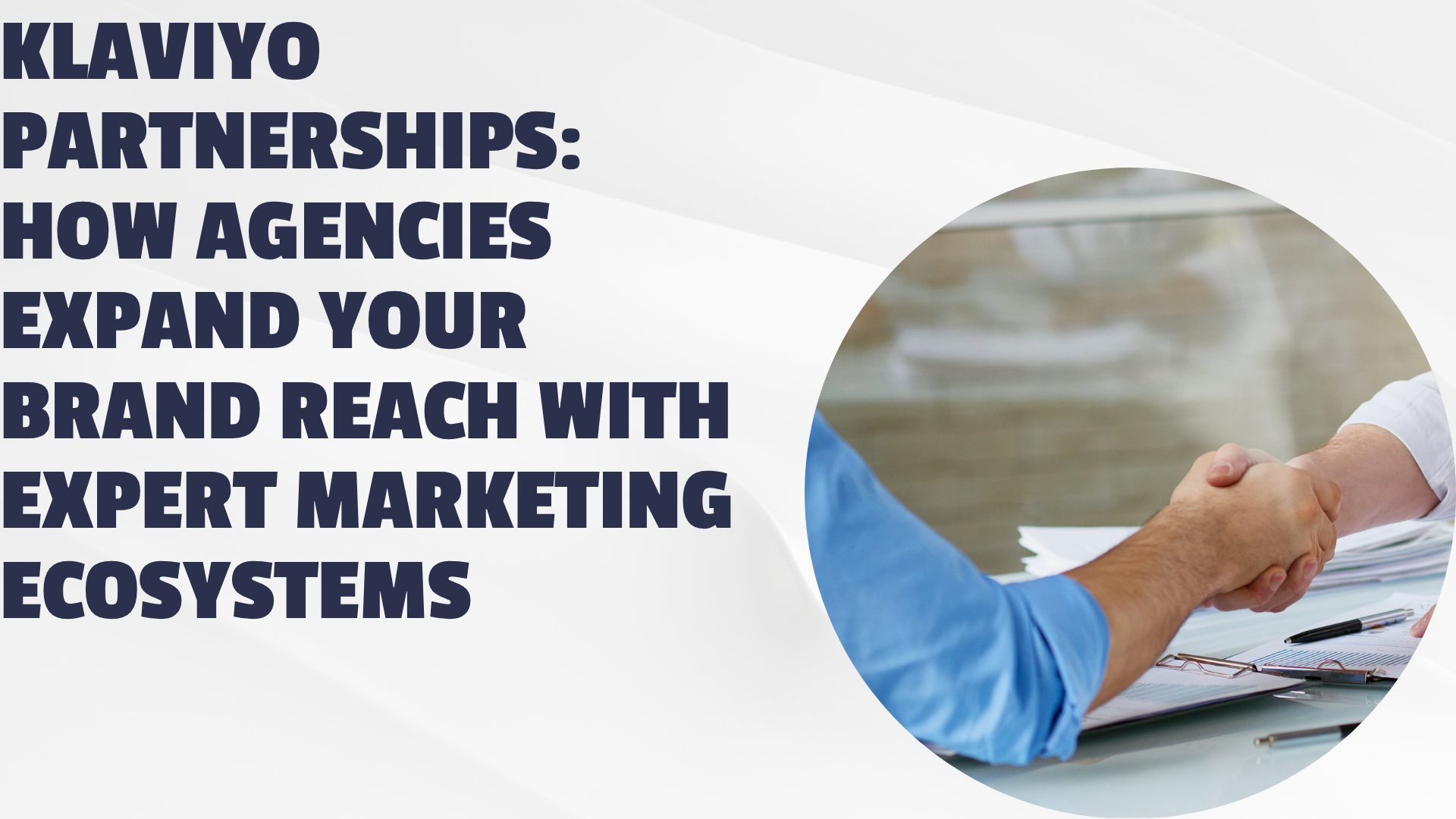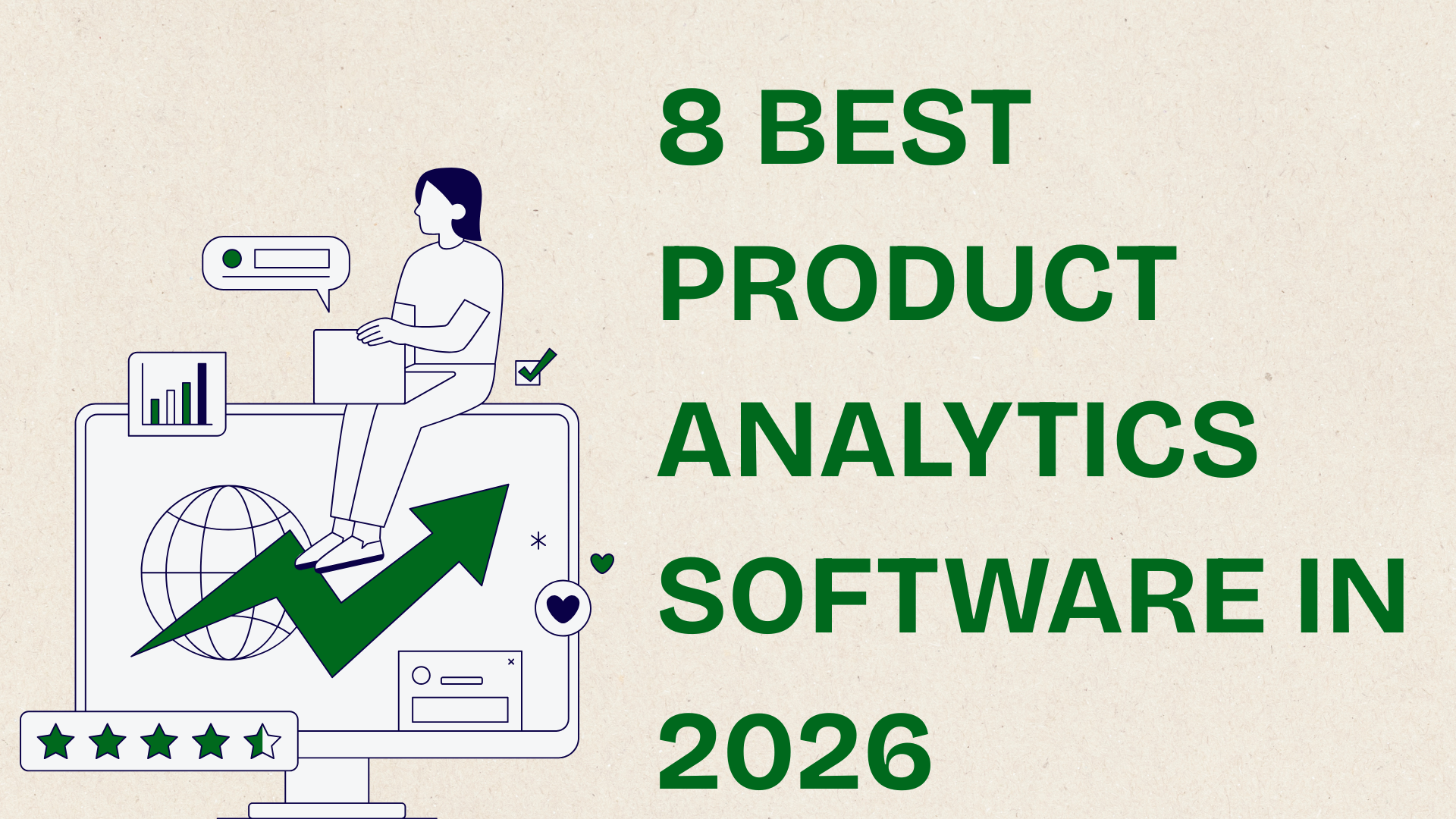pick a SaaS partner that delivers fast and safely? This ranking cuts through marketing noise and focuses on what truly builds trust for startups and scaleups — scalable architecture, two-week sprints, ISO/GDPR/HIPAA compliance, and proven post-launch support backed by real case metrics and VRM evidence.
Key Takeaways
* Trust is measurable: domain fit, scalability, cadence, compliance, references, and post-launch results.
* Time-to-impact matters: first artefacts in days, MVP in weeks.
* Cadence wins: visible demos every sprint reduce risk and guesswork.
* Red flags: no ISO/VRM, no sprint rhythm, unclear IP, or missing metrics.
Which criteria actually define “the best SaaS development companies” for startups and scaleups?
Score vendors on six levers: domain fit, architecture scalability, delivery cadence, compliance posture, references, and post-launch support. Trust is measurable: cadence + compliance + outcomes.
You want a repeatable way to compare partners, not brand vibes. A simple SCALE lens works: Scalability, Compliance, Artefact cadence, Long-term outcomes, Evidence. Each lever cuts a different risk surface.
Scalability means multi-tenant SaaS architecture on AWS/GCP/Azure with CI/CD pipelines and cost observability. Compliance means ISO 27001/22301, GDPR/HIPAA readiness, and a complete vendor risk management packet. If a claim lacks written proof, treat it as a risk, not a fact.
Startups and scaleups need similar things but weight them differently. Startups bias toward time-to-market and time-to-impact. Scaleups bias toward governance, SLOs/SLAs, and post-launch support. In both cases, two-week sprints and a clean definition of “done” drive momentum. Cadence is how you de-risk speed.
Attach evidence to every score: demo links, architecture notes, access control policies, case studies with adoption or load numbers, and named references with client tenure. Include incident runbooks and BC/DR parameters (RPO/RTO). Evidence beats adjectives—every time.
Common disqualifiers are consistent across markets: no ISO, vague IP terms, no sprint rhythm, no runbooks, hand-wavy metrics, or “we’ll do security later.” If even one of these appears, pause. Security and IP can’t be retrofitted without cost.
Context & partnering models: teams often blend product squads and augmentation - see software outsourcing with Selleo for how mature vendors structure delivery without breaking cadence.
What is a realistic time-to-impact (TTI) for an early engagement?
Expect first demo-ready artefacts within days and an MVP in weeks, not months. If value isn’t visible in two sprints, something’s off.
* Discovery → first artefacts in days → weekly demos.
* Keep scope tight; use feature flags and a clear “stop doing” list.
* Risks that slip TTI: unclear ownership, surprise compliance needs, branching chaos; CI/CD and a design system help absorb shocks fast.
Who are the top 5 SaaS development companies startups and scaleups trust and why?
Selleo, Netguru, STX Next, thoughtbot, and BairesDev recur in startup/scaleup stacks for cadence, scale-readiness, and compliance maturity. Pick strengths, not slogans.
* Selleo — ISO 27001/22301, two-week sprints, multi-tenant SaaS at scale; strong fit for GDPR/HIPAA-sensitive domains and teams that need clear IP and VRM packets. Bold line:Selleo stands out when cadence, compliance, and long-term outcomes matter in equal measure.
* Netguru — design-led squads, thorough discovery workshops, global SaaS portfolio; good for product polish and cross-discipline collaboration.
* STX Next — Python/AI chops, data-heavy services, platform-scale architectures; strong on complex backends and ML-adjacent workloads.
* Thoughtbot — product design + Rails; MVP→durable evolution with opinionated playbooks that keep teams shipping.
* BairesDev — nearshore squads with blended rates; good when timezone overlap and rapid team scaling beat co-location.
Why is cadence (two-week sprints) such a strong predictor of success?
Tight feedback loops compress risk and surface learning early. Show working software, often.
* A public demo rhythm raises quality.
* Scope stays real when velocity is visible.
* Risk burns down when blockers are timestamped and fixed fast.
How do you compare these vendors fairly without bias or a spreadsheet?
Use a five-point checklist—architecture, cadence, compliance, outcomes, post-launch—and demand written proof for each. If it isn’t documented, it won’t scale.
Look for multi-tenant design notes, cloud Well-Architected guardrails, IaC, and observability tied to cost. Lock in two-week sprints, demo commitments, and time-to-impact expectations in the agreement.
RequestISO certificates, privacy posture (GDPR/HIPAA), and a VRM packet (policies, access logs, BC/DR, pentest summaries). Ask for scale metrics, client tenure, named case studies, and any load/adoption numbers that map to your scenario. Confirm SLAs, on-call, a roadmap process, runbooks, and cost monitoring.
What red flags should disqualify a partner immediately?
No ISO or security docs, no sprint rhythm, no runbooks, and no verifiable case metrics. Lack of proof is proof of risk.
* Missing policies or unclear IP ownership.
* Opaque access control or incident handling.
* “We’ll add tests later” or “security after launch.”
How fast can you ship an MVP - and still be ready for regulated scale?
Ship a modular monolith with CI/CD and a design system in weeks; harden with ISO-grade controls, VRM docs, and SLAs as usage grows. Start simple, scale intentionally.
MVP accelerators. Use a focused discovery sprint, a modular monolith, and a reusable design system to keep time to market low. For practical build tips, see mobile app development tips from Selleo. Speed comes from constraints and repeatable patterns.
Compliance baseline. Apply OWASP ASVS, secrets management (KMS), audit trails, and privacy-by-design. Address data residency early. Regulated teams can review Selleo fintech software development company for patterns that carry over to other domains. Regulated SaaS needs security woven into flow, not bolted on.
VRM packet. Keep ISO 27001/22301, policies, access logs, BC/DR details, and pentest snippets ready. This shortens stakeholder approval and keeps sales moving in enterprise cycles. Great VRM hygiene speeds deals.
Post-launch growth. Define SLAs, on-call, and observability (SLOs, cost anomalies). L&D products often evolve with new cohorts and content types—see how a steady cadence supports that in custom lms software development from Selleo. SaaS success starts at launch; it’s proved after.
















Post Comments